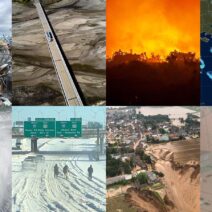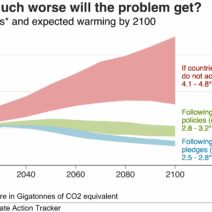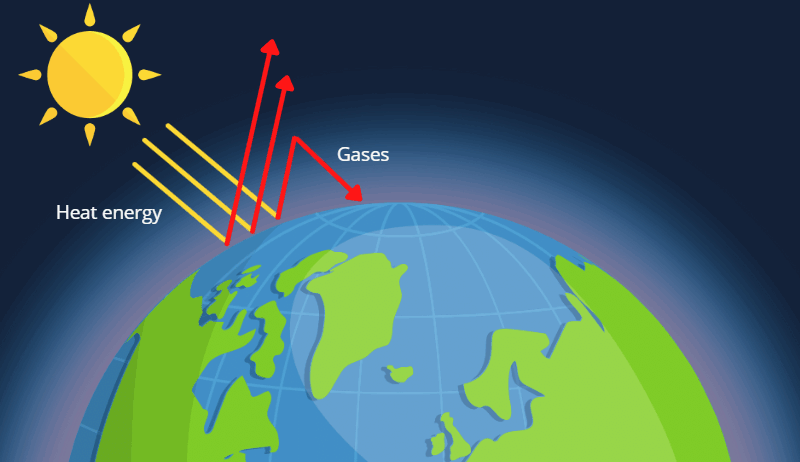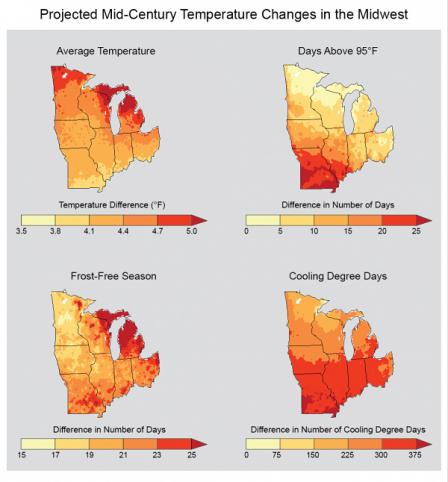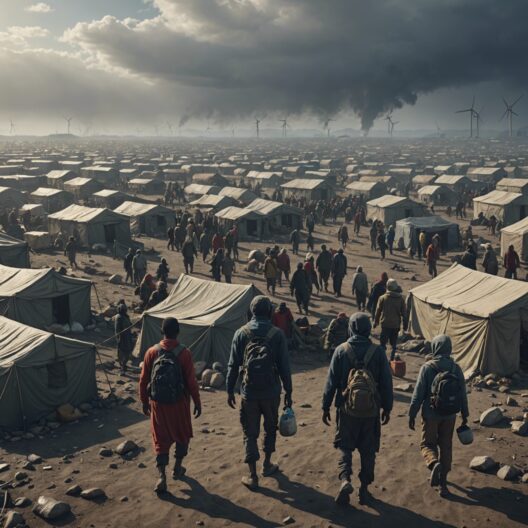The phenomenon of global warming has captured the attention of scientists, policymakers, and the general public alike. At the crux of this environmental quandary is the role of human-created greenhouse gases in driving the planet’s temperature ever higher. This discourse transcends mere curiosity. It embodies an urgent call to scrutinize our activities and the resulting implications for the ecosystem. Understanding the connection between anthropogenic greenhouse gas emissions and climate change requires an exploration of various facets, including the mechanisms of greenhouse gases, their sources, and the broader consequences on the environment.
Greenhouse gases, primarily composed of carbon dioxide (CO2), methane (CH4), nitrous oxide (N2O), and fluorinated gases, have the distinctive ability to trap heat within the Earth’s atmosphere. This effect is akin to that of a blanket enveloping the planet, preventing the escape of heat generated from the Earth’s surface. A key observation is that the concentration of these gases has escalated markedly since the dawn of the Industrial Revolution, leading to a profound inquiry: how are human activities complicit in this increase?
The primary culprits of greenhouse gas emissions can be traced back to industrial activities, transportation, and deforestation. Fossil fuels, including coal, oil, and natural gas, are heavily relied upon for energy production. Burning these fuels releases substantial quantities of CO2 into the atmosphere. Furthermore, the transportation sector, which encompasses automobiles, airplanes, and maritime vessels, is responsible for a significant portion of global emissions. In this context, it becomes evident how urbanization and lifestyle choices exacerbate the situation.
Deforestation adds another layer of complexity. Trees absorb CO2—yet when forests are cleared for agriculture or urban development, not only is this natural carbon sink diminished, but the carbon stored within trees is released back into the atmosphere. This vicious cycle compounds the issue, leading one to ponder whether human progress and environmental stewardship can coexist harmoniously.
Interestingly, the effects of these emissions are not merely confined to rising temperatures. The phenomenon of climate change unfolds with multifarious repercussions that extend well beyond thermometric increases. For instance, the melting of polar ice caps and glaciers contributes to rising sea levels, threatening coastal cities and ecosystems. Moreover, altered weather patterns have given rise to more extreme weather events, including hurricanes, droughts, and floods. Such variability has far-reaching implications for food security and resource availability, ultimately necessitating a reevaluation of human impact on nature.
However, the intrigue surrounding greenhouse gases extends into the scientific domain. Research has illuminated the intricate interactions between various gases and the Earth’s climate system. Methane, for example, is a formidable greenhouse gas, possessing a heat-trapping potency that is over 25 times greater than that of CO2 over a 100-year period. Emitted during the decomposition of organic matter in landfills, agricultural practices, and fossil fuel extraction, methane’s role in global warming cannot be understated. This highlights an often-overlooked aspect of climate science—the urgency of addressing short-lived climate pollutants alongside the long-term issue of CO2 emissions.
The compelling nature of climate change lies not only in its scientific underpinnings but also in the human narrative woven through it. The geographic disparities in greenhouse gas emissions engender questions of equity and justice. Developing nations, while contributing less to historical emissions, often bear the brunt of climate change’s impacts, as they lack the resources to adapt. This dichotomy raises ethical concerns about responsibility and accountability, urging a dialogue on global collaboration for mitigation strategies.
Moreover, the psychology of climate action is worth noting. Many individuals grapple with cognitive dissonance, recognizing the gravity of climate change yet feeling disconnected from the solutions. This phenomenon can hamper meaningful action, as people may perceive the challenges as insurmountable. As such, fostering an environment where communities can engage in advocacy and sustainable practices becomes crucial for galvanizing collective efforts.
Transitioning towards a more sustainable future necessitates a multi-faceted approach. Governments, businesses, and communities must embrace innovative technologies and practices that reduce greenhouse gas emissions. Renewable energy sources, such as wind, solar, and hydroelectric power, have proven instrumental in decreasing reliance on fossil fuels. Switching to electric transportation, enhancing energy efficiency, and implementing sustainable agricultural practices can create a synergistic effect in mitigating climate change.
Policy frameworks play a pivotal role as well. International agreements, such as the Paris Agreement, highlight the importance of collective commitment to reducing emissions. Countries are encouraged to set ambitious targets and collaborate on strategies to achieve them. These agreements foster a sense of global unity, illustrating that climate change is not an isolated issue but a shared challenge that transcends borders.
Ultimately, the question “Do human-created greenhouse gases drive global warming?” is answered with a resounding yes. The interplay between human activities and greenhouse gas emissions is irrefutable. As the ramifications of these emissions manifest across the globe, the urgency of addressing climate change intensifies. The fascination surrounding this topic lies not only in the scientific data but also in its implications for biodiversity, human health, and the future of our planet. The path towards sustainability requires decisive action, informed by both empirical evidence and empathy. The responsibility rests with all of us, as stewards of the Earth, to safeguard our environment for future generations.

